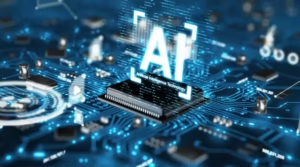Tesla Robot: 10 Amazing Upgrades to Your Lifestyle
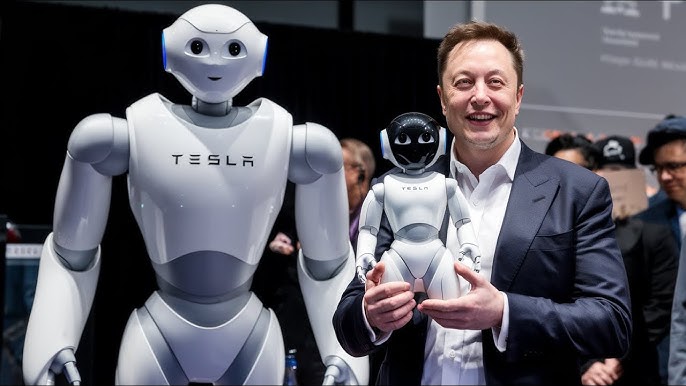
Introduction – Like Iron Man’s J.A.R.V.I.S., But Real
Tesla Robot is no longer just a sci-fi fantasy—it’s the real-world version of J.A.R.V.I.S., stepping out of the Marvel universe and into our homes. Designed to assist, protect, and perform, this humanoid marvel from Tesla is set to transform everyday life, much like Tony Stark’s AI companion changed his world. Optimus isn’t just a robot—it’s the beginning of a smarter, more automated future.
Elon Musk Unplugged: The Vision That Inspired the Tesla Robot
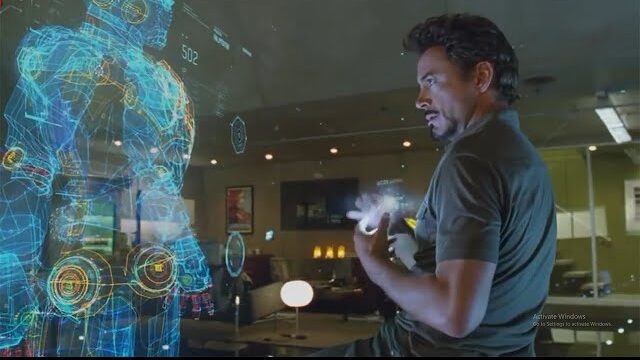
Elon Musk has never been a rule-follower—he redrafts them.
Born in South Africa, Musk propelled from curious programmer to one of the globe’s most powerful brains—founding Tesla, SpaceX, Neuralink, and beyond.
His quest? Solve Earth’s most daunting challenges and advance humanity beyond it whether that’s bringing the world to sustainable energy or establishing a human settlement on Mars.
Built for Function, Not Applause: The Tesla Robot’s True Mission
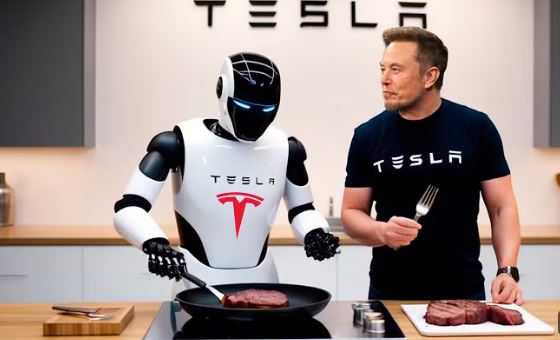
When Tesla’s AI Day lit up in 2021, all eyes turned to the unexpected showstopper—Optimus.. But this wasn’t a publicity stunt. For Elon Musk, revealing the Tesla Robot wasn’t about flash—it was about function.
He envisioned a world where robots handle the grunt work—tedious, dangerous, and just plain boring work—so that humans don’t have to. Whether it’s moving heavy weights, working with hazardous materials, or performing the daily drudge, Optimus was designed for it.
Unlike conventional robots relegated to factory floors, Optimus is made for human environments—homes, offices, hospitals, and public places.
What sets Optimus apart? It’s equipped with Tesla’s Full Self-Driving (FSD) AI technology, has the same neural net computer vision system as Tesla vehicles, and has a smooth humanoid body designed to safely interact in human-built environments.
Made of steel and Tesla’s advanced AI brain, this isn’t a device designed to amuse—it’s designed to function.
Optimus doesn’t only move—it thinks, learns, and transforms. This isn’t merely an advancement in robotics—it’s a revolution in human-robot communication, combining mobility, AI, and empathy into one package. As the Tesla Robot becomes more advanced, it’s set to become a familiar presence in every household and office.
That’s what separates a gimmick from a game-changer.
Specs of the Tesla Robot Optimus
Let’s break down what’s under the hood—er, frame—of this sci-fi wonder.
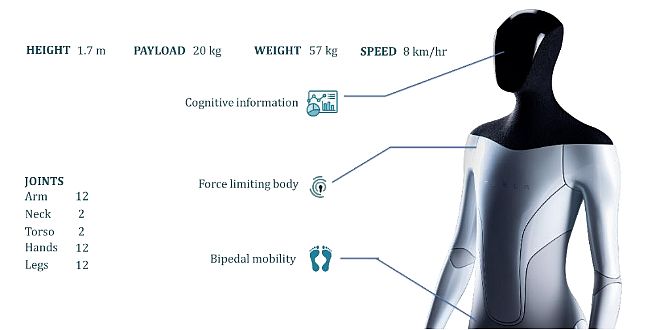
Feature Details
Height -About 5’8″ (1.73 meters)
Weight – About 125 pounds (56.7 kg)
Carrying Capacity – Max 45 pounds (20 kg)
Walking Speed -About 5 mph (8 kph)
Processing Power – Same Full Self-Driving (FSD) chip that is used in Tesla vehicles
Connectivity -WiFi and cellular modules
SensorsCameras – ultrasonic sensors, torque sensors
Limbs & Movement -40+ electromechanical actuators
Control -AI-based, with real-time decision-making
Among the best things about Optimus is that it employs Tesla’s internal AI software and neural networks—the same tech used to enable its Full Self-Driving vehicles, enabling it to explore environments, identify objects, and carry out complicated tasks This provides the robot better perception, object identification, and learn to adapt to new environments through machine learning
Want to understand how this learning process works? Dive into this powerful Machine Learning Using Python guide to see how the foundations of AI are built. Whether you’re curious or aspiring to code the next big breakthrough, it’s a must-read.
Teleoperation Training for Tesla Robots
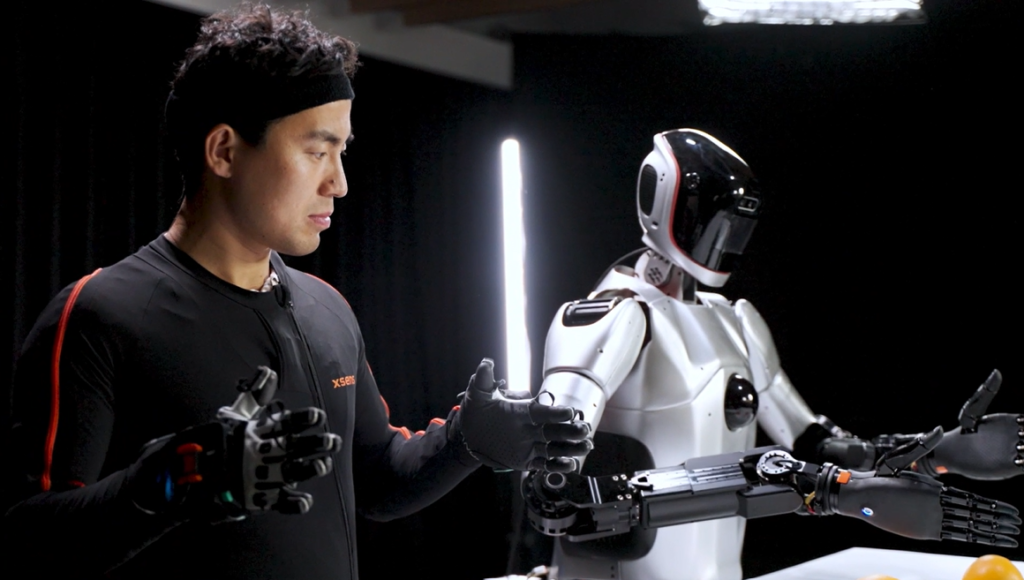
Teleoperation training assists Tesla robots in learning through observation of human control of real-time tasks.
Operators remotely guide them, instructing movement, timing, and decision-making.
This process develops the robots’ capability to manage real-world scenarios.
With time, the robots move from imitation to autonomous action.
It’s a combination of human intuition and machine learning for more intelligent autonomy.
Industrial Applications

In factory environments, Optimus is seen to perform repetitive and dangerous tasks. From component assembly to inventory management, the robot’s accuracy and longevity can improve productivity and safety. Businesses such as Tesla intend to use Optimus in their factories to automate processes and minimize human exposure to dangerous environments.
Household Assistance

Beyond business applications, Optimus will look to help with household needs. It is able to do daily tasks like cleaning, organizing, and even menial cooking procedures. By maintaining mundane household functions, Optimus can provide an extra block of time for a person to indulge in more consequential activities
Healthcare Support
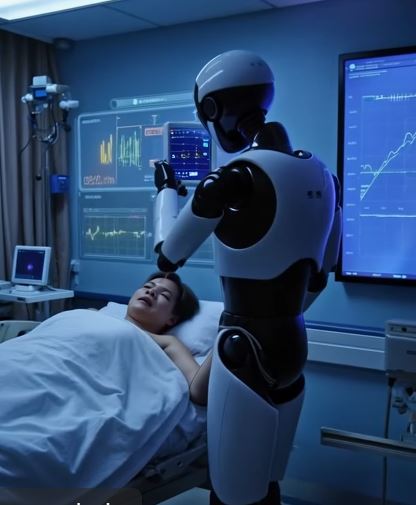
In the medical industry, Optimus could be of use to doctors and nurses by delivering materials, aiding patients, and conducting routine inspections. With its capability to work around the clock and strictly follow commands, Optimus is an excellent addition to hospitals and homes for the elderly, particularly when there are shortages in personnel.
Learning Resource

Optimus can be used as a learning companion, assisting learners in learning activities and offering interactive experiences. Its programmability enables teachers to customize its functionality in terms of various learning needs, rendering learning more convenient and inclusive.
Tesla Robot at Events and Crowd Management
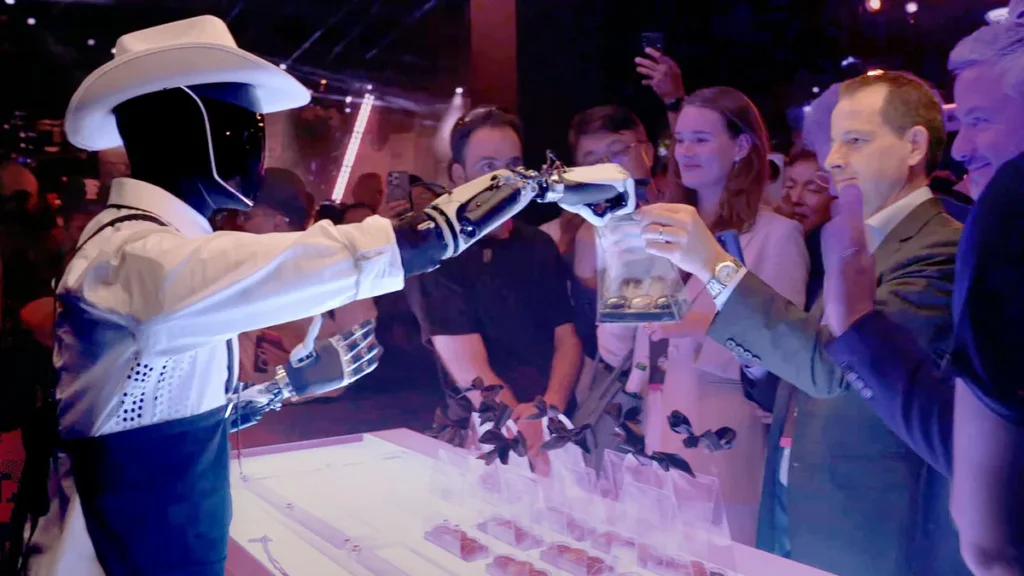
Big events require logistics, security, and guest interaction—Optimus is up to the task.
It is capable of supporting ticket scanning, crowd movement, and even emergency alerts.
Optimus mixes security with service, handling thousands coolly and effectively.
It can also serve as an on-site interpreter or virtual tour guide.
No more lost visitors or long queues—it’s all seamless with Optimus.
Tesla Robot Crisis Management
In times of crisis such as earthquakes or power failures, Optimus can respond quickly and intelligently.
It can evacuate individuals, transport supplies, and survey danger areas.
Unlike humans, Optimus is not swayed by panic or exhaustion, which is vital during chaos.
With night vision and obstacle avoidance, it works even in severe weather conditions.
Time is precious—and Optimus makes sure that none is ever lost.
Fun and Companionship
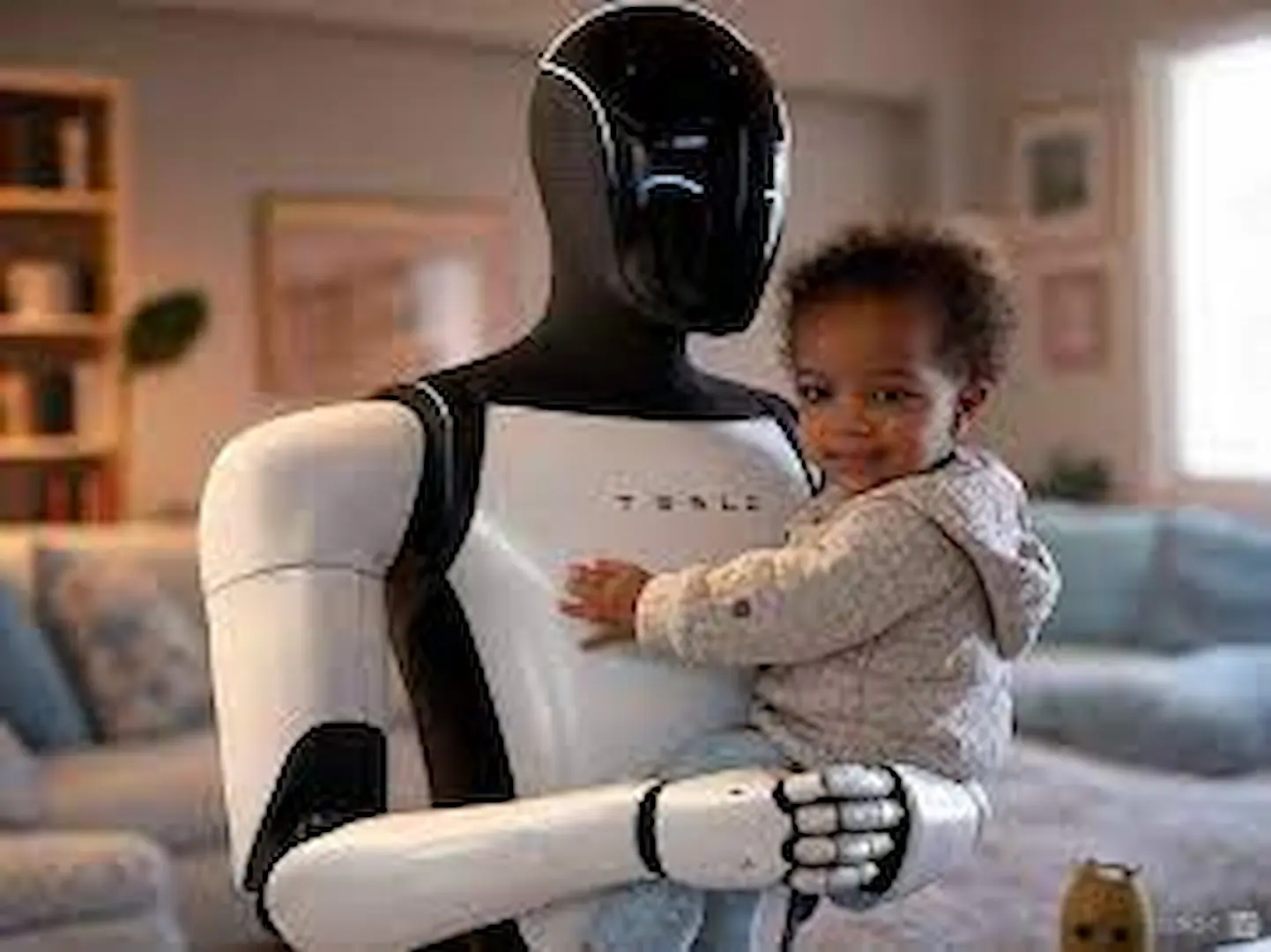
With its humanoid shape and interactive nature, Optimus can even be used as a companion robot. It is able to participate in conversations, play games, and even contribute to creative work such as music and art. This feature of Optimus reveals possibilities of companionship, particularly for those wanting social interaction.
.
Tesla Robot for Environmental Monitoring
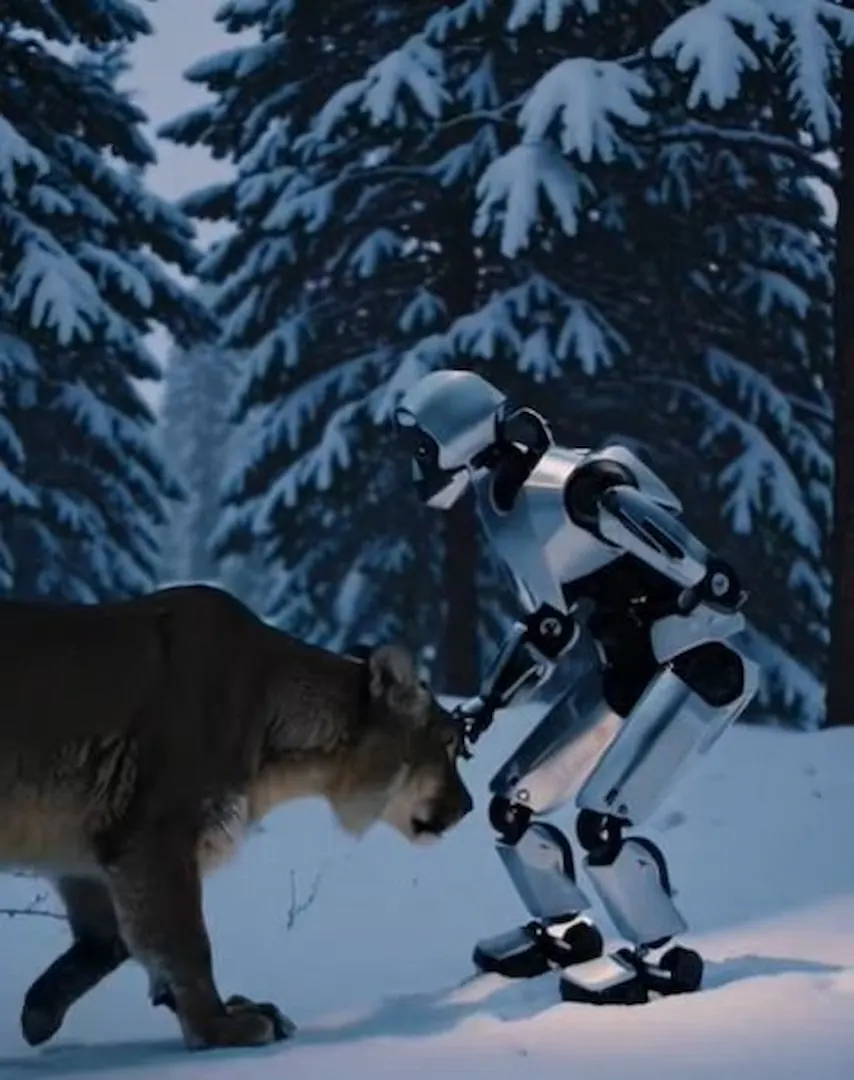
Optimus can monitor wildlife, pollute, and even plant trees.
It brings AI into conservation efforts, delivering consistency and accurate insights.
Data from forests, oceans, and urban areas is instantly transformed into actionable steps.
With solar-powered models, Optimus may last for months in most of the remote locations.
The planet gets a tireless protector.
Tesla Robot for Space Missions: Visions of the Future
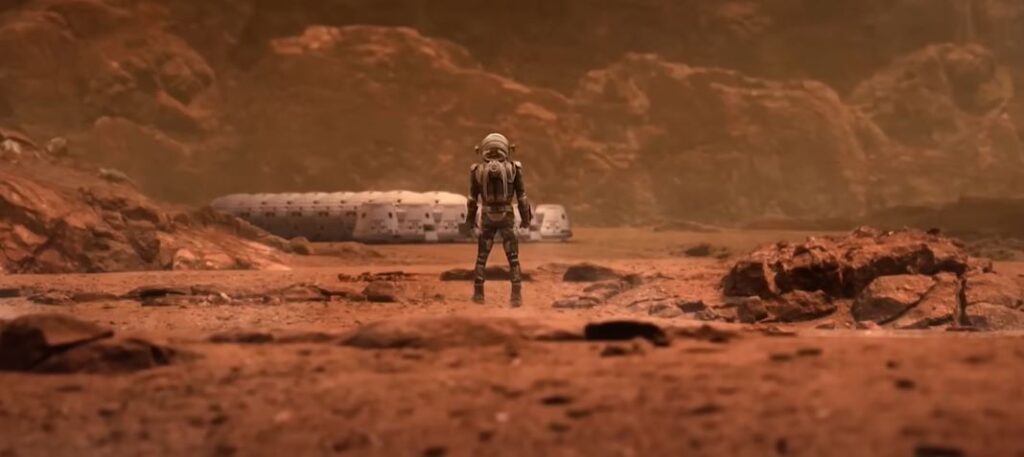
Elon Musk’s dream of space travel may have a robotic partner—Optimus.
On Mars or the Moon, Optimus will help with initial setup, ongoing maintenance, and everyday tasks.
It requires no air, rest, or sleep—ideal for space environments.
In zero gravity, its balance system can be configured for floating operations.
Space exploration is safer and more effective with Optimus aboard.
Tesla Robot and Military Uses

In military situations, Optimus may be employed for surveillance, logistics, and the removal of bombs.
It reduces soldier exposure to hazardous conditions.
Rather than drones, Optimus provides physical presence with accuracy.
With ethics programmed in, it prevents abuse while increasing ability to operate.
Not a weapon—but a strategic asset.
Tesla Robot in Disaster Recovery Situations
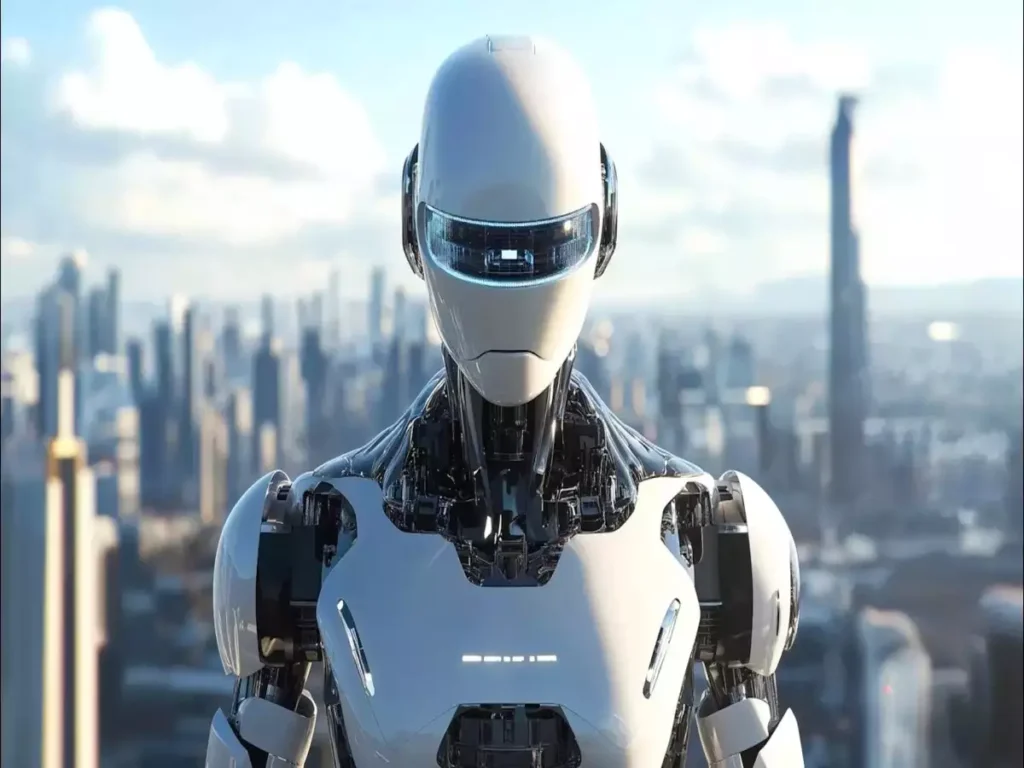
Following floods, fires, or earthquakes, Optimus can look for survivors and re-establish order.
It can lift wreckage, navigate through tight spaces, and operate non-stop for hours.
Recovery teams have an unstoppable ally who doesn’t require food or rest.
Optimus’s mapping function guarantees no ground is left behind.
It turns into hope in steel and software.Following floods, fires, or earthquakes, Optimus can look for survivors and re-establish order.
It can lift wreckage, navigate through tight spaces, and znon-stop for hours.
Recovery teams have an unstoppable ally who doesn’t require food or rest.
Optimus’s mapping function guarantees no ground is left behind.
It turns into hope in steel and software.
Data Privacy Concerns with Humanoid Robots
As Optimus collects data to operate more effectively, privacy must always be a top concern.
Tesla guarantees encryption, local storage, and opt-in functionality to safeguard users.
However, questions remain: how much does Optimus observe, hear, and remember?
Clear policies and user-controllable settings can comfort consumers.
Privacy and AI need to develop together.
Tesla Robot’s Ethical Design Framework

Tesla is integrating ethics into Optimus from the outset.
Rules that prevent it from hurting, breaching consent, or acting on its own in risky manners.
It’s designed with values—not only code—to mirror human priorities.
AI bias, misuse of power, and autonomy issues are being solved ahead of time. Ethics aren’t an afterthought—they’re a blueprint
Market Availability and Pricing
Elon Musk has said that Optimus may be up for purchase as early as 2025, at an estimated price of between $20,000 and $30,000. This pricing model will make the robot available to a mass market ranging from businesses to consumers, possibly driving adoption rates faster.
Integration with Tesla Ecosystem
Optimus is built to complement Tesla’s current products and services seamlessly. For example, it can be linked to Tesla’s energy solutions, cars, and home systems, forming an integrated and intelligent system that increases user satisfaction.
Limitations and Future Enhancements for Optimus
Optimus of today can walk, lift, and think—but it’s still not perfect.
It still lacks advanced reasoning and high-speed problem-solving.
But like Tesla’s vehicles, it will improve with time through updates and feedback from users.
Optimus of tomorrow might perform surgery or provide music lessons.
The continuous innovation is an indicator of Tesla’s determination to take the robotics market to the forefront
Government Regulation of Humanoid Robotics
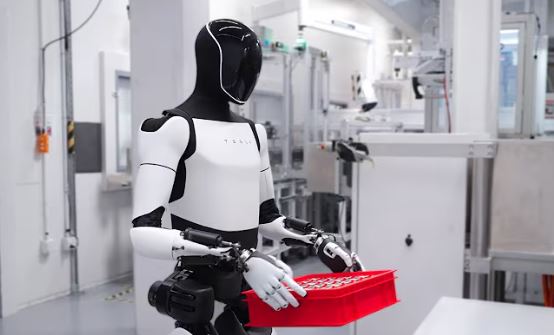
As the public and private worlds welcome Optimus and other humanoid robots, laws need to keep pace.
Governments will have tough questions to answer: Who’s responsible when Optimus goes wrong? How do we prevent it from breaching privacy lines?
There must be a worldwide framework—not only for safety—but for ethical deployment and accountability.
Tesla will probably have to collaborate closely with legislators to come up with standards that reinforce public trust.
The objective? A world in which innovation is a global driver without infringing on human rights or public safety.
Public Reception
Public reaction to Optimus has been varied, with enthusiasm for its promise balanced by worries about job loss and ethical considerations. Community engagement, transparent disclosure, and engaging stakeholders in dialogue will be critical to securing public trust.
Current Development Stage of Tesla Robot

As of the early part of 2025, the Tesla Robot Optimus is still at the prototyping stage, though development is well underway and auspicious. Already, the next generation has showcased its capability for walking, hauling objects, identification of people and objects, as well as complying with commands. Tesla has begun testing the robot in controlled inner environments—mostly in its facilities where it is beginning to augment lightweight repetitive jobs.
Tesla plans to begin low-volume commercial deployment, potentially by late 2025 or 2026, depending on regulatory approvals and production readiness.. Elon Musk has said that the costs of production are reducing, and the goal of the company is to make Optimus accessible to businesses and the general public at a price range of about $20,000 to $30,000.
While it’s not yet available for mass production, Tesla is actively refining the robot’s mobility, dexterity, and AI capabilities. With each iteration, Optimus is becoming more autonomous and adaptive—bringing the sci-fi dream of intelligent, helpful humanoid robots ever closer to reality.
if you’re hungry for insights, trends, and real-world applications, don’t miss this list of the 9 Best AI Blogs for Beginners in 2024. Whether you’re curious or committed, these resources will light the path forward.
FAQs
How much will the Tesla Robot cost?
Tesla hasn’t released an official price, but Elon Musk mentioned it could be under $20,000, aiming for affordability and mass adoption.
What can Optimus do at release?
Early iterations will perform simple tasks such as lifting, walking, carrying items, and responding to voice instructions for simple actions.
Is Tesla Robot safe to be around children and pets?
Yes, Optimus is designed with integrated safety features, smooth motion control, and real-time obstacle detection to safely work with all age groups and animals.
Will Tesla Robot displace human employment?
Not displace—but change. Repetitive or physically stressful jobs can be automated so that humans can concentrate on creative, management, or emotional intelligence-based work.
Can Optimus be used offline?
Although real-time updates and learning would need connectivity, Optimus will most likely function offline for standard operations from pre-installed AI models.
When will Tesla Robot go on public sale?
Production will be done in a couple of years, with prototypes already out. Tesla is refining Optimus before mass release.

Conclusion
The Tesla Robot, Optimus, represents a notable leap forward for robotics and artificial intelligence, the potential of which can revolutionize industries. In its development is a future of human cooperation with robots in promoting quality of life. On the threshold of ushering this into being, judicious integration and ethical consideration will be most crucial to achieving maximum advantage of this revolutionary technology.

